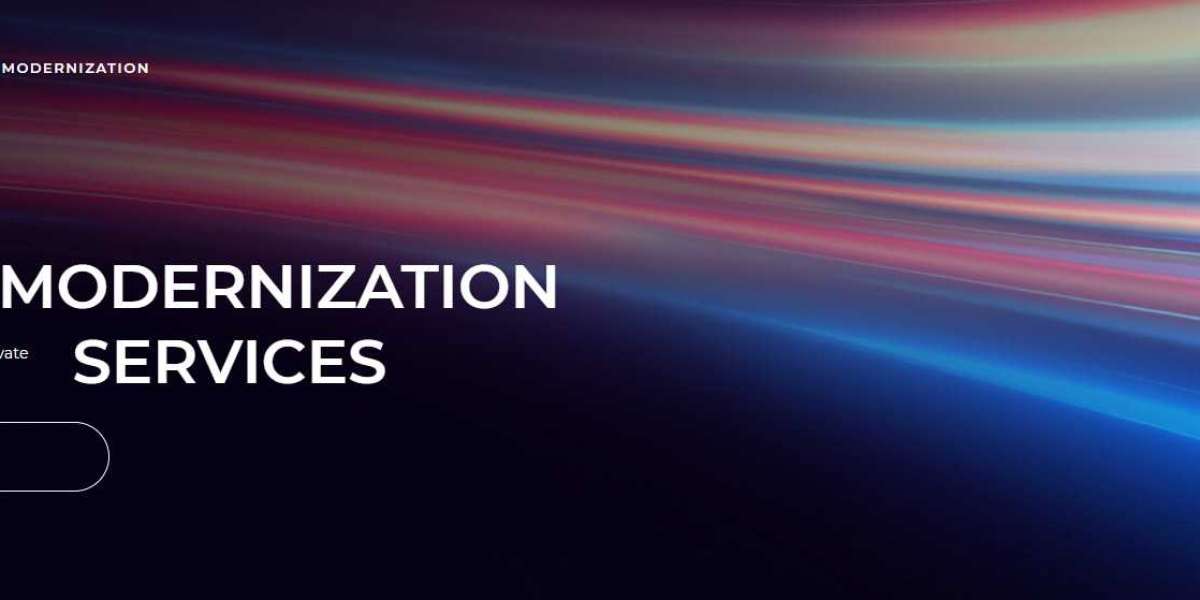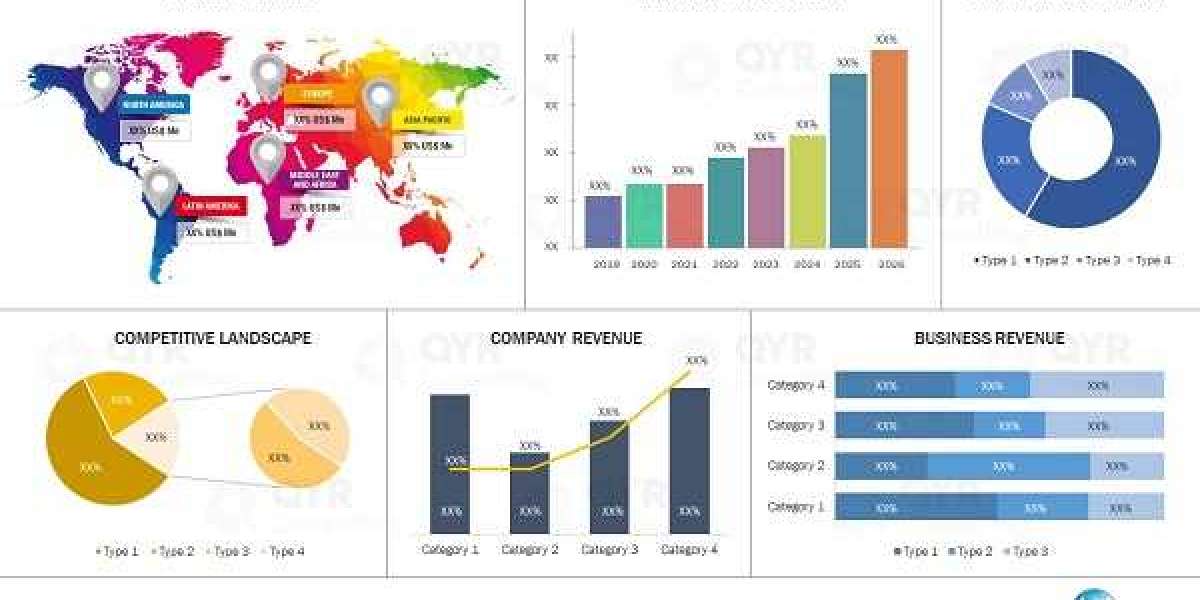In today’s fast-paced digital landscape, businesses face a pressing challenge: keeping up with rapidly changing technologies while still relying on decades-old systems. These systems—known as legacy systems—often form the backbone of critical business operations, yet they can hinder agility, scalability, and innovation. Enter legacy modernization software, a powerful solution that helps organizations transform outdated systems into modern, efficient, and future-proof platforms.
What Is Legacy Modernization Software?
Legacy modernization software refers to tools, platforms, and frameworks designed to update, transform, or migrate old business applications and systems. These systems might be mainframes, monolithic applications, or custom-coded programs running on outdated programming languages like COBOL or FORTRAN.
Modernization software provides automation, orchestration, and integration capabilities that make it easier for enterprises to:
Rehost applications onto modern infrastructure (such as cloud platforms).
Refactor code for improved performance, maintainability, and scalability.
Re-architect entire systems to support microservices, APIs, and modern DevOps workflows.
Replace legacy systems with new ones while minimizing operational disruption.
In essence, legacy modernization software acts as a bridge between old and new, helping companies maintain business continuity while future-proofing their IT environment.
Why Businesses Need Legacy Modernization
1. Cost Inefficiency of Legacy Systems
Maintaining legacy systems can be extremely expensive. IT teams spend a significant portion of their budgets on “keeping the lights on,” patching outdated software, and supporting aging infrastructure. Legacy modernization software automates much of this process, reducing long-term operational costs.
2. Security and Compliance Risks
Older systems often lack modern security features, making them vulnerable to cyberattacks. Regulatory compliance also becomes a challenge when systems cannot meet current data privacy and audit requirements. By upgrading with legacy modernization software, companies can meet today’s security standards and compliance mandates.
3. Lack of Agility and Innovation
Businesses relying on legacy technology struggle to innovate. Slow release cycles, outdated programming languages, and limited integration capabilities make it difficult to adopt AI, analytics, or cloud-native solutions. Modernization allows for agility and faster go-to-market times.
4. Workforce Challenges
Many legacy systems run on programming languages that are no longer widely taught. Finding skilled developers to maintain these systems is becoming more difficult and expensive. Modernization helps transition systems into widely supported frameworks, making them easier to manage with existing talent pools.
Key Benefits of Legacy Modernization Software
1. Enhanced System Performance
Modernized applications run faster, handle more data, and scale easily with business growth. Legacy modernization software enables migration to high-performance environments such as Kubernetes or serverless platforms.
2. Improved Security Posture
Security upgrades are built into most modernization efforts. Encryption, identity management, and compliance auditing become easier when applications run on modern architectures.
3. Cost Savings and ROI
While modernization projects require upfront investment, the cost savings from reduced downtime, better resource utilization, and lower maintenance expenses quickly offset these expenses.
4. Cloud Readiness and Flexibility
Modernized systems can be deployed in hybrid or multi-cloud environments. This gives businesses the freedom to scale on demand, adopt cloud-native services, and optimize infrastructure costs.
5. Better User Experience
End-users—whether employees or customers—benefit from faster, more reliable systems with intuitive interfaces. This directly impacts productivity, satisfaction, and overall engagement.
Common Approaches to Legacy Modernization
Legacy modernization is not a one-size-fits-all process. Businesses must choose an approach based on system complexity, budget, and long-term goals. Here are the most common strategies:
1. Rehosting (Lift-and-Shift)
This is the quickest approach, where applications are moved from on-premises servers to cloud infrastructure with minimal code changes. It is often the first step in a broader modernization journey.
2. Replatforming
In this approach, applications are slightly optimized to run on a new platform. For example, a company might migrate its database to a managed cloud service while keeping most of the application logic intact.
3. Refactoring
Refactoring involves restructuring code to improve its efficiency, maintainability, and scalability without changing its core functionality. Legacy modernization software often automates this process, reducing manual effort.
4. Re-Architecting
This is the most transformative option, where the entire system is rebuilt with a modern architecture—often using microservices, APIs, and cloud-native technologies.
5. Replacement
In some cases, businesses retire the old system entirely and implement a new, off-the-shelf solution that meets their requirements.
Choosing the Right Legacy Modernization Software
Selecting the right solution is critical for a successful modernization project. Here are some factors to consider:
Automation Capabilities: Look for software that automates code analysis, migration, and testing to reduce human error.
Cloud Support: Ensure compatibility with your preferred cloud provider (AWS, Azure, Google Cloud).
Integration Features: The software should integrate with DevOps pipelines, CI/CD tools, and monitoring platforms.
Security and Compliance: It should include built-in security controls and reporting features to meet industry regulations.
Scalability: Choose a solution that can handle the size and complexity of your enterprise environment.
Best Practices for a Successful Modernization
1. Conduct a System Assessment
Identify which systems are truly business-critical and which can be decommissioned. This helps prioritize efforts and allocate resources effectively.
2. Set Clear Objectives
Define what you want to achieve—lower costs, faster performance, improved compliance, or better user experience. Clear goals guide the choice of strategy and tools.
3. Start Small, Scale Fast
Run pilot projects before committing to enterprise-wide modernization. This allows you to test different approaches and refine your methodology.
4. Ensure Stakeholder Buy-In
Modernization affects multiple teams, including IT, operations, and business units. Securing executive and stakeholder support early prevents roadblocks later.
5. Monitor and Optimize Continuously
Modernization is not a one-time event. Once systems are updated, continuously monitor performance and make iterative improvements.
The Role of Legacy Modernization Software in Digital Transformation
Digital transformation initiatives are accelerating across industries. Companies adopting AI, big data, and IoT solutions require a robust, scalable technology foundation. Legacy modernization software plays a crucial role in enabling this transformation. By removing bottlenecks caused by outdated systems, businesses can fully leverage advanced analytics, machine learning models, and real-time data processing.
Furthermore, modernization improves collaboration between development and operations teams, enabling faster deployment cycles and innovation. In competitive industries such as finance, healthcare, and retail, this agility can be a game-changer.
Challenges and Risks
While modernization offers tremendous benefits, it is not without challenges:
Cost and Complexity: Modernization projects can be expensive and resource-intensive.
Downtime Risk: Poor planning can lead to business disruption during migration.
Skill Gaps: Teams may lack expertise in modern programming languages and cloud infrastructure.
Cultural Resistance: Employees may resist change, especially if new systems require learning new workflows.
Mitigating these risks requires careful planning, strong project management, and support from leadership.
Real-World Examples
Several large organizations have successfully leveraged legacy modernization software:
Financial Institutions: Banks have modernized core banking systems to provide faster transactions, better mobile experiences, and real-time fraud detection.
Healthcare Providers: Hospitals have migrated patient data systems to the cloud to improve interoperability and compliance with HIPAA regulations.
Retail Companies: Retailers have updated inventory management systems to enable omnichannel fulfillment and real-time tracking.
These examples demonstrate that modernization is not just a technical exercise but a strategic business initiative.
Conclusion
Legacy systems have served businesses well for decades, but they are increasingly becoming a liability in a world where agility, security, and scalability are paramount. Legacy modernization software offers organizations a way to bridge the gap between past and future, helping them unlock innovation, reduce costs, and stay competitive.
By carefully assessing systems, selecting the right modernization approach, and leveraging automation-driven tools, businesses can transform outdated infrastructure into a modern, flexible technology stack—ready to power the next generation of digital growth.











